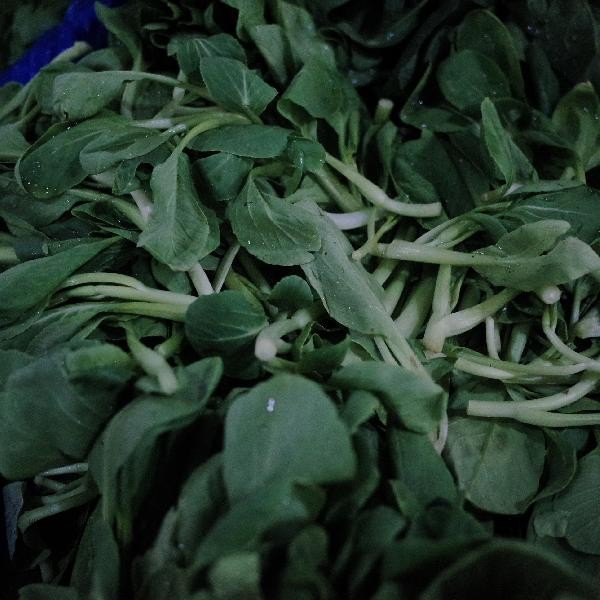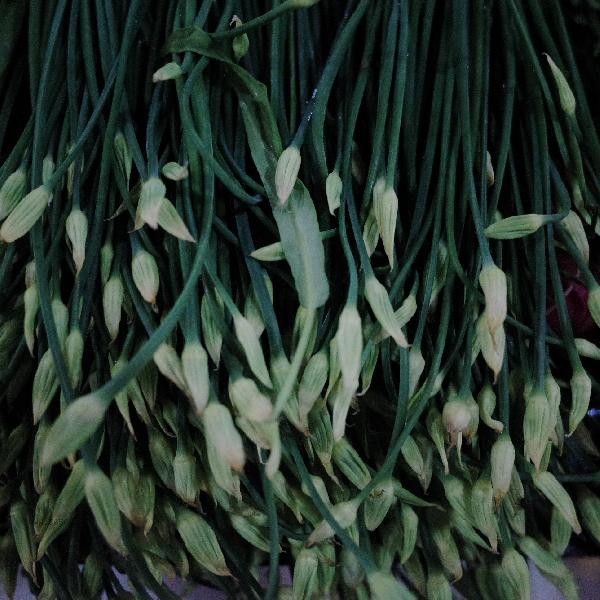The remaining food can be processed through refrigeration, packaging and freezing, heating and sterilization, reasonable pairing, and making new dishes to avoid waste and ensure food safety.

1. Refrigerate
The remaining food should not be stored at room temperature for more than two hours and should be promptly placed in the refrigerator for refrigeration. The refrigeration temperature should be controlled below 4 degrees Celsius to inhibit bacterial growth. Rice, noodles and other staple foods should be refrigerated for no more than 24 hours, and meat dishes should be refrigerated for no more than 48 hours. Before refrigeration, it is necessary to seal it with plastic wrap or put it in a fresh-keeping box to avoid odor and moisture loss. Green leafy vegetables are not recommended to be refrigerated overnight as they can easily produce nitrite.
2. Packaging and freezing
Remaining food that cannot be consumed in the short term can be packaged and frozen for storage. Meat dishes can be frozen for 1-2 months, while soup dishes can be frozen for no more than 3 months. When packaging, pack according to the single consumption amount to avoid repeated thawing. Before freezing, it is necessary to cool thoroughly and label the date for easy management. When thawing, the refrigeration thawing or microwave thawing function should be used, and room temperature thawing is prohibited.
3. Heating sterilization
Before consumption, it is necessary to thoroughly heat it to a center temperature of 75 degrees Celsius or above, and maintain it for more than 30 seconds to effectively kill pathogenic bacteria. Food with soup should be boiled, and stir fried dishes should be reheated evenly. During microwave heating, it is necessary to stir halfway to ensure even heating. Heating fried foods can easily produce harmful substances, so it is recommended to use an oven for baking.

4. Reasonable combination
When consuming leftover food, fresh ingredients can be used to enhance nutrition. The leftover meat dishes can be fried with fresh vegetables, and the leftover staple food can be added with eggs and vegetables to make Fried Rice. Avoid mixing and heating different leftovers as it may accelerate spoilage. High protein foods such as seafood and soy products are not recommended for secondary heating as they can easily breed bacteria.
5. Making new dishes
The remaining rice can be used to make Congee or Rice and vegetable roll, the remaining meat can be shredded to make stuffing, and the remaining vegetables can be broken to make pancakes. The leftover bread can be made into pudding or breadcrumbs, while the leftover fruit can be made into jam or salad. Creative cooking can avoid waste and increase dietary diversity, but it is important to ensure that the ingredients do not spoil.

When handling leftover food, attention should be paid to food safety. Cooked food should be stored separately from raw food, and the refrigerator should be cleaned regularly. Elderly people, pregnant women, infants, and other special groups should try to avoid consuming leftovers as much as possible. It is recommended to plan meals reasonably based on the number of family members and reduce surplus from the source. If the food has an odor, discoloration, or mold, it should be discarded immediately and should not be consumed again. Daily learning of food preservation techniques and recipes for transforming leftovers can achieve a balance between food conservation and health.








Comments (0)
Leave a Comment
No comments yet
Be the first to share your thoughts!